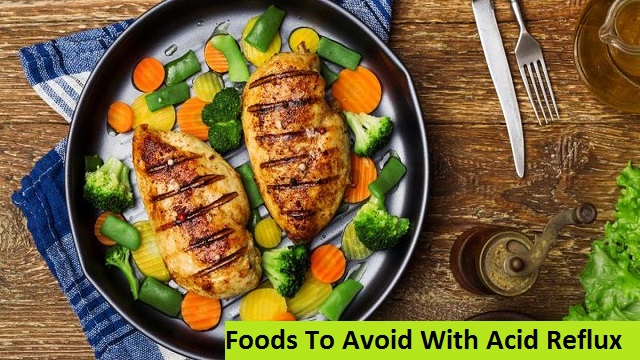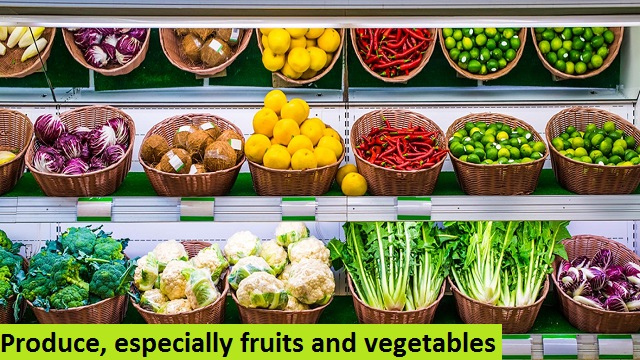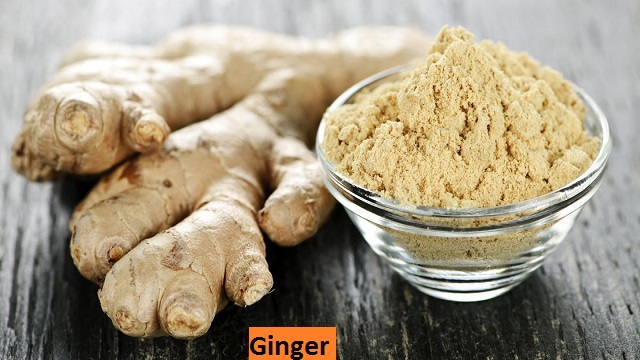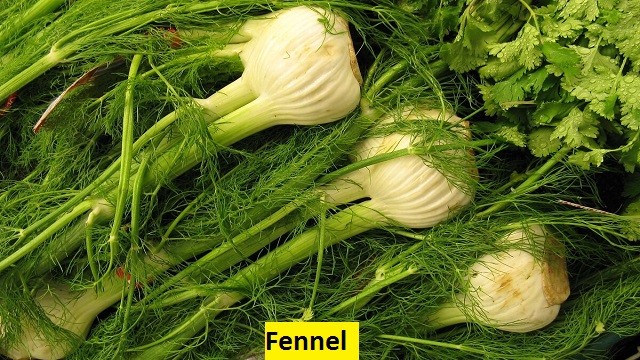
Foods To Avoid With Acid Reflux.
If you’ve ever experienced acid reflux, you know that it’s frequently one of the most excruciatingly painful burning sensations in your stomach, esophagus, and throat, resembling hot sauce or boiling lava. Acid reflux occurs when the stomach’s acidic gastric contents rise into your throat.
Believe it or not, there are foods that can act as triggers, and if you’ve found this article, you’re probably curious about the nine foods to avoid for acid reflux. Let’s first gain a better understanding of what acid reflux is, how it is diagnosed, why it differs from heartburn, and which foods to avoid in order to treat it.
What Foods Should You Steer Away From if You Have Acid Reflux (Heartburn)?
The symptoms of acid reflux may get worse if you eat certain foods, including fried and spicy foods. Heartburn can also be brought on by some drugs and supplements.
This happens when your lower esophageal sphincter (LES) relaxes and permits stomach acid to rise.
If you experience acid reflux more than twice a week, your doctor might classify it as gastroesophageal reflux disease (GERD).
Acid reflux may be caused by a number of food-related factors, such as:
- the position of your body following a meal.
- the kinds of food you consume.
By changing your diet and eating habits, you can control each of these factors. By simply standing up straight after eating and consuming smaller portions, you can potentially prevent reflux.
A little more perplexing is figuring out which foods to stay away from. In the medical community, there is still some debate over which foods actually aggravate reflux symptoms.
Despite this lack of agreement, many researchers concur that it is preferable to stay away from particular foods and drinks in order to avoid indigestion and other acid reflux symptoms.
High fat meals and fried foods:
In general, fatty foods slow down stomach emptying and lower LES pressure. According to the National Institute of Diabetes and Digestive and Kidney Diseases Trusted Source, this may increase your risk of experiencing reflux symptoms.
You can attempt reducing your overall fat intake to aid in reflux prevention.
You may want to stay away from the following high-fat foods:
- potato chips.
- Fried onion rings in oil.
- fried potatoes.
- butter.
- full-fat milk.
- cheese.
- Condensed milk is used.
- rich sour cream.
- high-fat, creamy salad dressings.
- thick dips and sauces.
- prime rib and sirloin, which are both examples of high-fat red meat cuts.
Foods that are hot and spicy:
Studies have shown that if you have a functional gastrointestinal disorder, eating spicy food can make you feel like you’re burning up inside.
Acid reflux can be brought on by irritation of the esophagus caused by capsaicin, the chemical that gives food its spicy flavor.
In fact, a 2017 Korean studyTrusted Source discovered that hot, spicy stews were to blame for GERD symptoms in more than half of the cases examined.
If you frequently suffer from acid reflux, it’s generally best to stay away from spicy foods.
Produce, especially fruits and vegetables.
In your diet, you should include both fruits and vegetables. Certain kinds, though, might exacerbate your GERD symptoms. Reflux is frequently caused by the following fruits and vegetables.
- pineapple.
- Citrus fruit examples include oranges, grapefruit, lemons, and limes.
- tomatoes (and food products containing tomatoes).
- both garlic and onions.
Consult a doctor if you have any questions about your tolerance level. If you have access to one, a dietitian might help you develop a dietary routine that will help you manage your condition.

Beverages:
Several popular drinks could also make GERD sufferers feel unwell. These comprise:
- alcohol.
- tea and coffee.
- drinks with carbonation.
- juices from tomatoes and citrus.
- Coffee may exacerbate reflux symptoms whether it contains caffeine or not. Some GERD sufferers, though, do well with coffee.Pay attention to your specific symptoms and stick to alcoholic beverages that you can tolerate.
Exactly what is acid reflux?
When stomach contents return to the throat, it is known as acid reflux. As you may already be aware, the contents of the stomach can be just as acidic as battery acid, if not more so. When the lower esophageal sphincter, also known as the LES, which separates the esophagus from the stomach, isn’t completely closed, acid reflux can result.
This causes acid to spill into the esophagus, where it can erode the lining and eventually end up in the throat.
Other unfavorable health effects of the LES not closing completely include nausea, bloating, dark (or bloody) stool, significant weight changes, or the constant sensation of something in your throat.
Symptoms of Acid Reflux include.
Acid reflux, as opposed to heartburn, is more noticeable in the throat. Heartburn, an acidic aftertaste in your mouth, throat gurgling, or an unappealing taste are examples of typical acid reflux symptoms.
Other acid reflux signs and symptoms could be:
- exhaling acid.
- persistent hiccups.
- Your voice is raspy.
- having persistent bad breath.
- bloating.
- indigestion.
- feeling ill or nauseous.
How Is Acid Reflux Diagnosis Performed?
However, GERD and acid reflux are two different conditions that are frequently confused. A doctor may diagnose you with acid reflux disease, also known as GERD, which affects about 20% of Americans, if you experience acid reflux more frequently than twice per week.
To be safe, it’s important to discuss any additional causes for the unfavorable effects of acid reflux with a doctor, such as a hiatal hernia or other underlying condition. Instead of just applying a bandaid solution to your acid reflux, we advise dealing with the underlying cause before you reach for the TUMS or Tic Tacs.
9 Foods To Avoid For Acid Reflux.
The following foods are those that are most frequently found in a typical diet and either have spicy qualities or lean acidic. Depending on how severe your acid reflux is, some of these foods may be more tolerable than others, while some people may want to avoid all 9 of these typical acid reflux triggers.
- A spicy diet.
- Chocolate.
- Caffeine.
- Alliums.
- Drinks with Acid.
- foods that have a lot of fat or are fried.
- Fruits of the citrus variety.
- Mint.
- Alcohol.
Treatments for Acid Reflux – Natural.
It’s important to remember that the food you eat can help your body feel better, not just worse, if you suffer from the unpleasant side effects of acid reflux or heartburn. When you consider how stomach acid functions, adding acid to acid can exacerbate a situation, much like adding salt to an open wound.
Foods that are considered to be low in acidity simply have a pH of 5 or higher. Instead of rushing to your refrigerator, removing the contents, and attempting to determine the pH, let’s just give you a list, shall we?
Examples of foods with a low pH include.
- 9 pH for egg whites.
- (5 pH) bananas.
- Brown rice (6.35 pH).
- Fruits like melons (6 pH).
- oatmeal with a pH of 6.
- Whole Wheat Bread (6.01 pH).
- Fish that is lean (7 pH).
- 6 pH chicken.
- Tofu (8 pH)

Ginger:
Ginger may inhibit intestinal cholinergic M3 and serotonergic 5-HT3 receptors, which may lessen nausea and vomiting as well as increase gastric motility and shorten gastrointestinal transit times. Add some fresh or minced ginger to your stir fry or smoothie. It is simple to incorporate ginger powder into foods like oatmeal.
There is also ginger tea, which typically contains no caffeine. While ginger may help some people with the signs and symptoms of acid reflux, particularly the nausea, more conclusive research is required to establish this as a useful treatment for LES dysfunction.
Fennel:
Although there have only been a very small number of studies on humans, research on rodents has suggested that there might be a connection between the two. This fennel oil chemical derivative may support gastric emptying in adults.
Fennel can be found in the fresh vegetable section of the grocery store, and every part of the plant is edible (just wash it really well!). Fennel can be used as an ingredient in soups and pasta dishes, as well as smoothies, salads, roast chicken, and other dishes. Along with braising meats, fennel is frequently used to season and flavor fish.

Liquorice Root:
Licorice has been shown in numerous studies to be a successful treatment for the uncomfortable symptoms of acid reflux. Licorice’s anti-ulcerogenic properties, mucus production stimulation, and prostaglandin inhibition are all to blame for this.
Studies have shown that licorice root powder and licorice substitutes both significantly lessen indigestion symptoms like a sour taste, nausea, and burning in the chest and throat.Licorice can be consumed as a dietary supplement, as a powder, a tincture, or in tea.
Water:
Although it may seem underrated, water is one of the best ways to control the GI system from the mouth to the anus. Water helps to move food through the body, keep our organs healthy, and balance our stomach acid. It also helps to keep our organs functioning at their best.
Without water, we become dehydrated and deprive our bodies of the liquids they require to carry out even the most fundamental and crucial tasks, such as balancing stomach acid and closing the lower esophageal sphincter (LES) to prevent acid from coming back up your throat in the first place. We advise consuming 100 ounces or more of water every day—yes, EVERY DAY.
Read More: Migraine-Trigger A Migraine
Leave a Reply